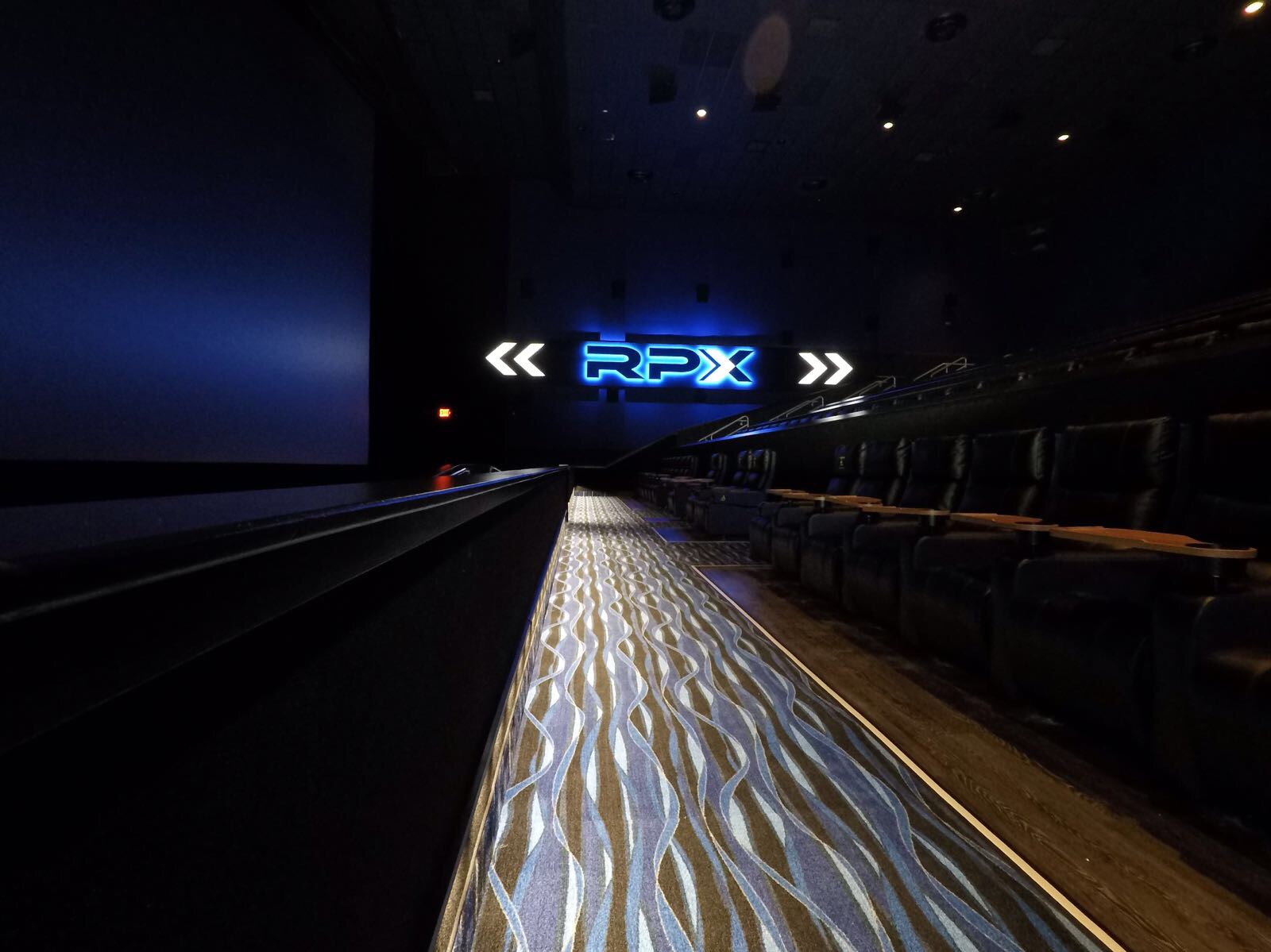A Comprehensive Guide To Understanding The Concept And Its Impact

Regal the Loop is a concept that has gained traction in various fields, including business, technology, and even personal development. As we delve into this intriguing subject, it becomes clear that understanding Regal the Loop is not just about grasping its definition but also about recognizing its implications and applications in our daily lives. In this article, we will explore the intricacies of Regal the Loop, its origins, and how it can be leveraged for success in various domains.
In an era where information is abundant and attention spans are dwindling, mastering concepts like Regal the Loop can provide individuals and organizations with a unique advantage. Whether you're a business leader, a tech enthusiast, or someone seeking personal growth, understanding this concept can be a game-changer. This article aims to provide a thorough analysis of Regal the Loop, backed by expert insights and reliable data.
As we navigate through the various sections, we will address key questions surrounding Regal the Loop, including its benefits, challenges, and practical applications. So, let’s embark on this journey to uncover the full potential of Regal the Loop and how it can transform your approach to both personal and professional endeavors.
Table of Contents
What is Regal the Loop?
Regal the Loop is a multifaceted concept that emphasizes the cyclical nature of processes and interactions in various contexts. At its core, Regal the Loop suggests that feedback loops play a crucial role in refining and enhancing outcomes, whether in business strategies, technological developments, or personal growth journeys.
The term "regal" suggests a sense of authority and excellence, while "the loop" indicates a continuous cycle. Together, they create a framework that encourages individuals and organizations to embrace iterative processes, learning from each cycle to achieve greater success. This concept is particularly relevant in today’s fast-paced world, where adaptability and continuous improvement are essential.
History and Origin of Regal the Loop
The origins of Regal the Loop can be traced back to various disciplines, including systems theory, feedback loops in engineering, and iterative methodologies in software development. The idea of using feedback to improve systems is not new; however, the formalization of this concept into what we now call Regal the Loop has evolved over the years.
In the business realm, the concept gained momentum with the rise of agile methodologies, which emphasize iterative progress and responsiveness to change. Similarly, in technology, the development of continuous integration and deployment practices reflects the principles of Regal the Loop, where feedback is crucial for software improvement.
Benefits of Regal the Loop
Leveraging Regal the Loop can yield numerous benefits across various domains. Here are some key advantages:
- Enhanced Adaptability: Organizations that embrace Regal the Loop can quickly respond to changes in the market, ensuring they remain competitive.
- Continuous Improvement: The iterative nature of Regal the Loop fosters an environment of learning and growth, enabling teams to refine their processes and products continually.
- Informed Decision-Making: Feedback loops provide valuable insights, allowing for data-driven decisions that enhance overall effectiveness.
- Increased Innovation: By encouraging experimentation and learning from failures, Regal the Loop promotes a culture of innovation.
Challenges in Implementing Regal the Loop
While the benefits of Regal the Loop are significant, implementing this concept is not without its challenges. Some common obstacles include:
- Resistance to Change: Employees and stakeholders may be resistant to adopting new processes, especially if they are accustomed to traditional methods.
- Lack of Clear Metrics: Without proper metrics in place, it can be challenging to measure the effectiveness of feedback loops.
- Over-Complexity: Attempting to implement Regal the Loop in overly complex systems can lead to confusion and inefficiency.
Practical Applications of Regal the Loop
Regal the Loop finds applications across various sectors. Here are some practical examples:
1. Business Strategy
In the realm of business, companies can utilize Regal the Loop to refine their strategies based on customer feedback, market trends, and performance metrics. This iterative approach allows organizations to pivot quickly and stay aligned with consumer needs.
2. Technology Development
In software development, adopting Regal the Loop principles can enhance the development cycle. Continuous integration and deployment practices ensure that feedback is integrated promptly, leading to improved software quality and user satisfaction.
3. Personal Development
On an individual level, applying Regal the Loop can help in personal growth journeys. By reflecting on experiences and setting new goals based on past outcomes, individuals can continuously evolve and improve their skills.
Case Studies on Regal the Loop
To illustrate the effectiveness of Regal the Loop, let’s explore a few case studies:
- Case Study 1: A leading tech company implemented Regal the Loop principles in their product development process, resulting in a 30% decrease in time-to-market and a 25% increase in customer satisfaction.
- Case Study 2: An e-commerce platform adopted feedback loops to refine their user experience, leading to a 40% increase in conversion rates over six months.
The Future of Regal the Loop
As we look towards the future, the relevance of Regal the Loop is expected to grow. With advancements in technology and data analytics, organizations will have more tools at their disposal to implement feedback loops effectively. Emphasizing adaptability and continuous improvement will become increasingly crucial in our ever-evolving world.
Conclusion
In summary, Regal the Loop is a powerful concept that encourages a cyclical approach to processes and interactions. By embracing the principles of Regal the Loop, individuals and organizations can enhance adaptability, promote continuous improvement, and foster innovation. As we navigate an increasingly complex world, understanding and implementing Regal the Loop can provide a competitive edge.
We encourage you to share your thoughts on Regal the Loop in the comments below. If you found this article informative, consider sharing it with others who might benefit from this knowledge or explore more articles on our site.
Thank you for reading, and we look forward to seeing you again soon!
ncG1vNJzZmirn521b6%2FOpmasp5idu6bD0pusrGppZL%2Bms8ClZK2glWK5sLvPZ5%2BtpZw%3D